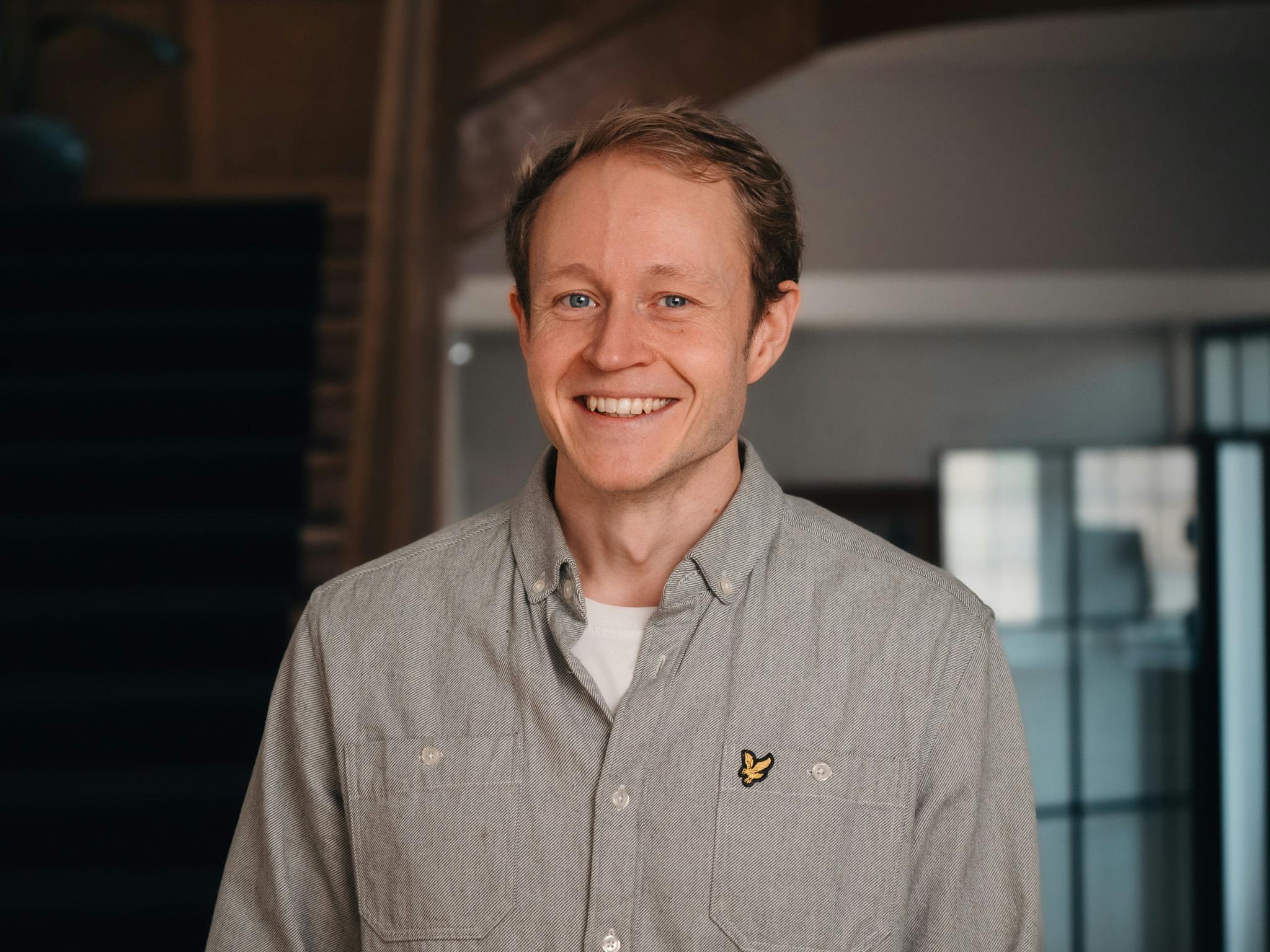6 quick questions with Albin Willman
Describe your professional journey leading up to today?
– My professional journey began when I, through my ex-job supervisors’ network, ended up in the start-up scene. I started as the first developer at a small company that dealt with patient recruitment and data collection around clinical studies. There I was from ‘git init’ to production-set platform that generated actual revenue. Then it was time to return home to Gothenburg and become a consultant to get some more impressions. I worked for a few years with debt collection web, e-commerce and CMS tools before I ended up at Consid. At Consid, I ended up where I had begun, working with clinical data as when I started my career – but now on the academic side. I joined SCAPIS – a project sponsored by the Swedish Heart and Lung Foundation to promote basic research on heart and lung diseases. In this project, Consid’s mission is to build a database and tools to be able to make extracts for researchers.
What challenges have you encountered while working with SCAPIS?
– SCAPIS initially put one of my own ideas to the test. We code mainly in Java and when I started working with the project I had barely read a series of Java code in 10 years – so I had to learn a lot of what was new technology for me. I was mainly brought into the project because of my background in clinical data – and the idea was to act as a link between the development team and the academic side, acting as a client. One thing I detected was the cultural difference between academic research and agile software development. In academia, one’s career and opportunities are driven by the publications one produces. A publication is completely static, when finished, you can never change anything and what you have written will be part of your CV for the rest of your professional life. This differs noticeably from code – where you can fix bugs or make changes relatively quickly and easily. Before realizing this culture clash, there were a lot of challenges regarding what it took for something to count as ready to publish.
What does a typical day at Consid look like for you?
– I work 95% remotely and with young children my days are not entirely coherent. A standard day starts with a first session of an hour and a half before someone else on the team is up and running, perfect time to graze off some mail-pull-requests and code undisturbed. Then there is a break to leave the children at the preschool before it is time for morning meetings, stand-up with the team and general reconciliations. After that, it’s back to coding – or work with more basic feature co-op programming, where we together in the team build in a way so that all developers understand the basics. Other tasks included are some micro-estimates, juggling estimates with our PO and occasional discussions with our architect.
What is the best thing about Consid?
– The trust, I feel that Consid trusts what I do, and in my turn I trust that Consid is there to support me when the need arises.
Do you have any tips for other Full Stack Developers who have made a difference in your work?
– The main thing I want to tell you is that communication is important if you want what you build to do any good. Keep in mind that it can be very difficult to describe problems, especially in writing and if the person you describe the problems to has completely different skills and experience than yourself. I always try to challenge myself to understand where I may have misunderstood an order after I read it. In the long run, in my experience, and I’ve tested both, it’s much more wise to ask one or two control questions that you think you have the answers to than to build the wrong thing. On top of that – don’t marry a language or a specific stack, it’s way more fun to try new things and programming is programming in the end.
If you had to look to the future – what do you think the IT industry will look like in 10 years?
– I’ve been in the business for ten years and although a lot has improved, pretty much everything is the same. Tools and methods that emerge continuously facilitate – but the biggest changes in working methods has arrived in the past two years when the corona pandemic, forcing flexibility in work to a greater extent. So I think the basic dynamics will be the same in 10 years, even though the products that we build will be much cooler and the tools to build them will make it much more efficient. Things like more intelligent IDEr with AI-driven code-completion I see are in the direction of the key.



